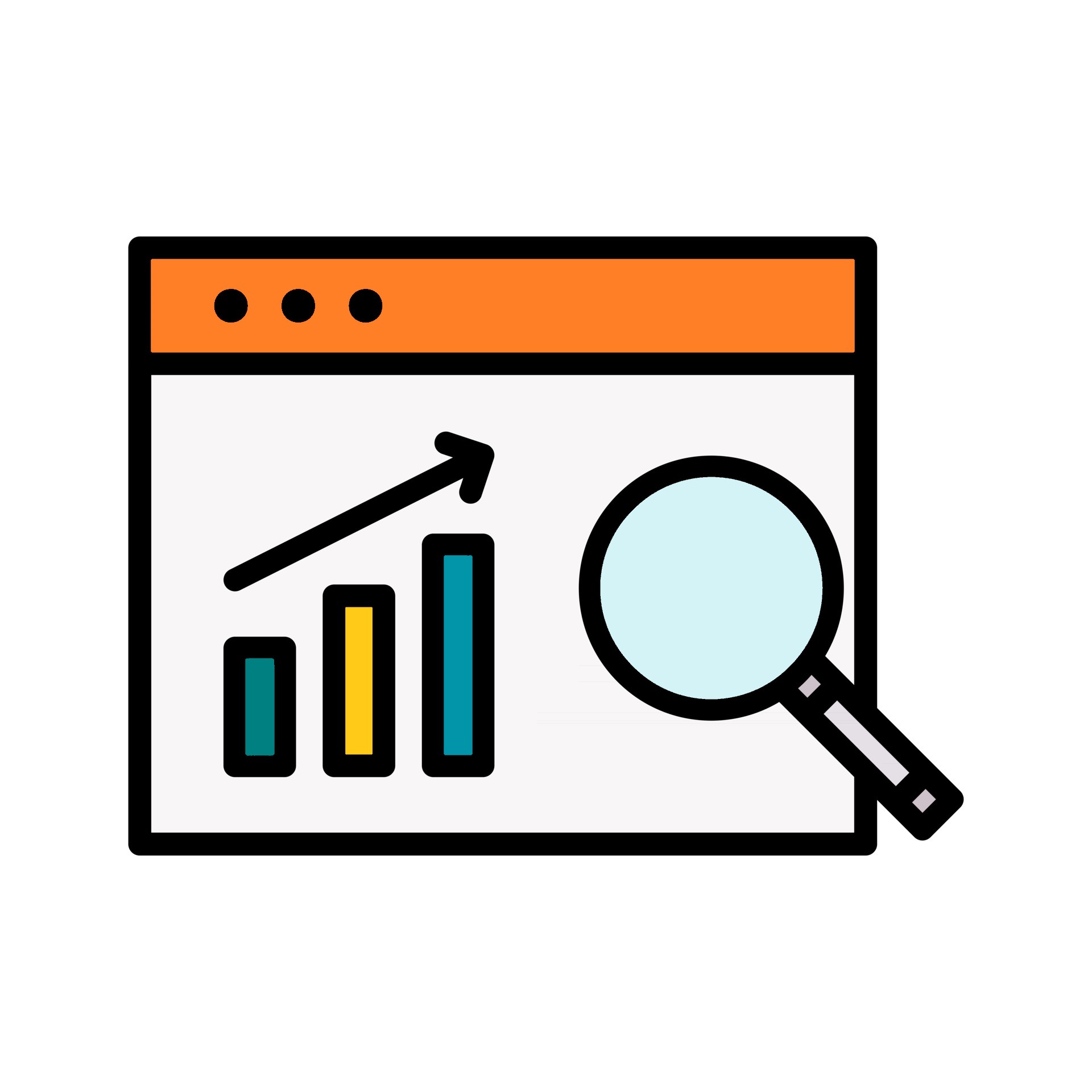Using AI for Better Demand Forecasting during Holidays

How do holidays affect demand?
In 2023, April was a month of holidays.
Pesach (Passover) was celebrated from the 5th to the 13th; Easter Sunday on the 9th; and Eid al-Fitr and the end of Ramadan occurred on Friday the 21st. In addition to these religious holidays, many countries had school holidays (‘Spring break’ in places like the US) and public holidays, like South Africa’s Freedom Day (celebrated on the 27th).
During holiday periods, people’s behaviour changes.
Over the school holidays, people go away or take their children on outings. Easter is, for many, a family-centric celebration with Easter Eggs and Hot-Cross Buns. Those observing Ramadan fast during the day and break the fast together as families in the evening. More often than not, these holiday periods result in changed spending behaviour.
These changes in people’s behaviour impact businesses in many ways. Depending on the products you sell, the people you serve and where you are located, demand may increase or decrease. Demand forecasting becomes even more difficult because these holidays shift around every year, and in some years they may overlap with high demand periods (like pay-day weekends). Simply looking at what happened last year as a guide for what will happen this year is often not enough to produce useful guidance for what to expect.
Interested in adding a forward-looking approach to your forecasts?
Predictive Insights has built up a suite of demand forecasting products which draw on machine learning, economics, and behavioural science to help companies better navigate holiday periods, as well as other factors that could influence demand.
Get in TouchMachine learning and and forecasting during holdiay periods
Machine learning can add considerable value to traditional backward-looking forecasting approaches.
- Pattern identification. Machine learning algorithms can pick up patterns that humans cannot.
- Forward-looking approach. Adding a forward-looking component which draws on the current state of the economy and anticipated customer responses during holiday periods, can further improve these forecasts.
- Better results. These more accurate forecasts allow for better planning, which can in turn improve customer service, reduce waste, and help managers schedule staff better.
